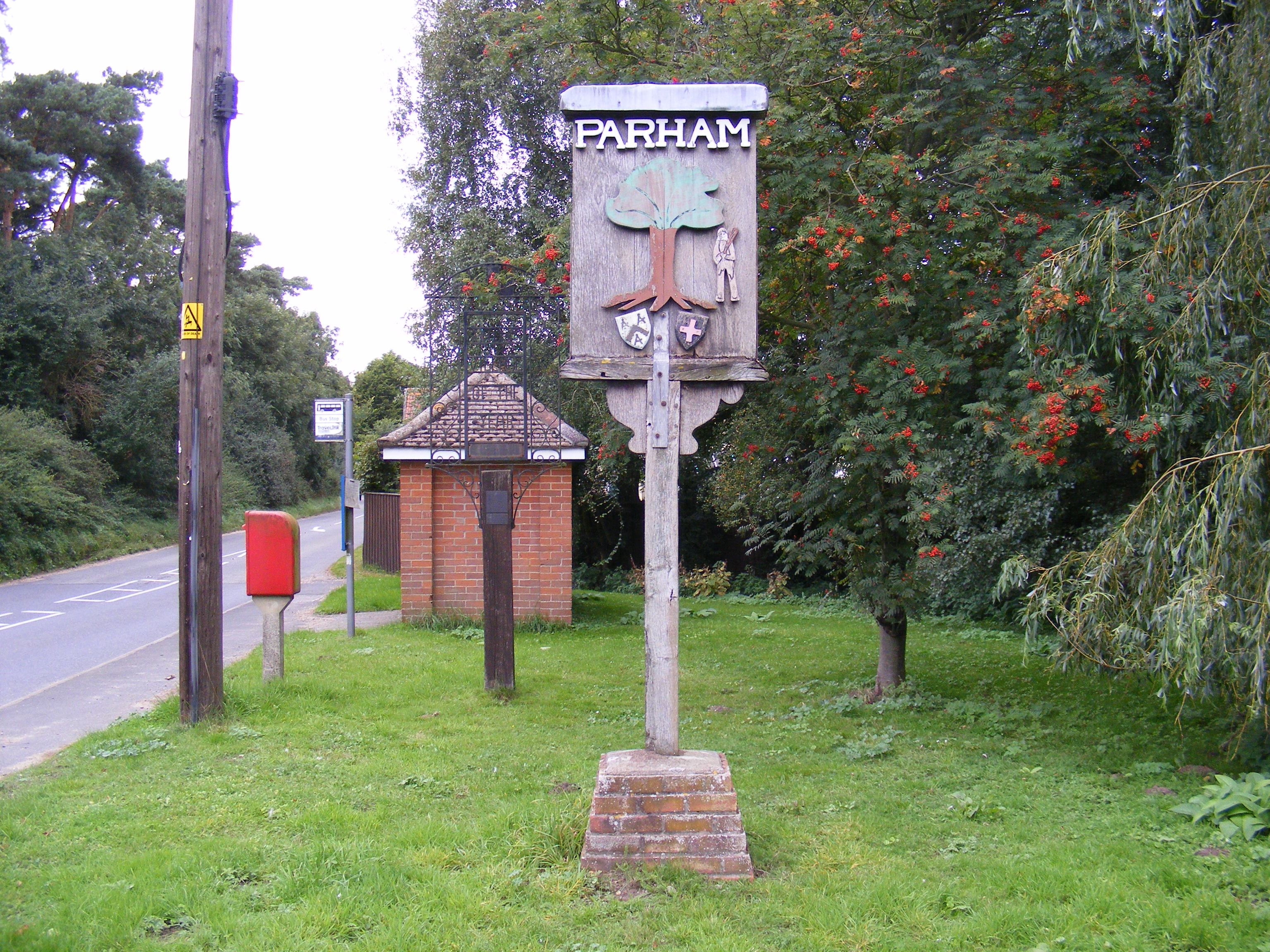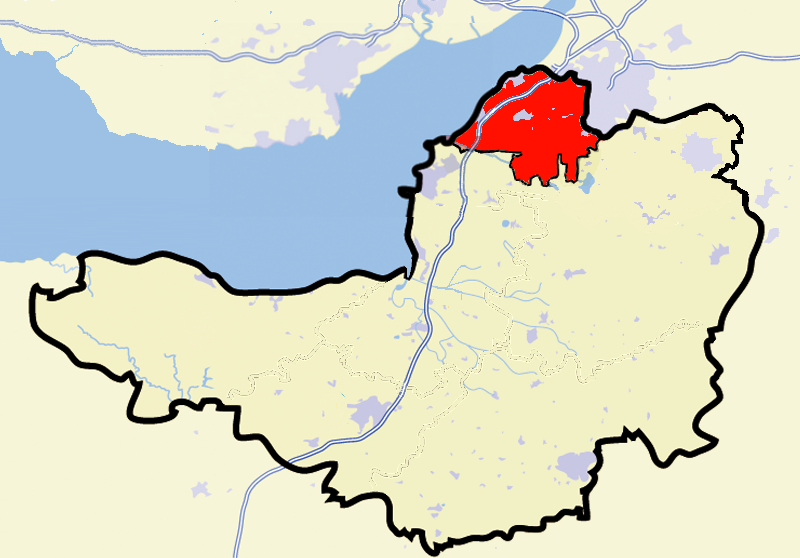|
Warner Baronets
There have been two baronetcies created for persons with the surname Warner, one in the Baronetage of England and one in the Baronetage of the United Kingdom. One creation is extant as of 2010. The Warner Baronetcy, of Parham in the County of Suffolk, was created in the Baronetage of the United Kingdom on 16 July 1660 for John Warner. The title became extinct on his death in 1705. The Warner Baronetcy, of Brettenham in the County of Suffolk, was created in the Baronetage of the United Kingdom on 9 July 1910 for Courtenay Warner, member of parliament for North Somerset and Lichfield. The second baronet was High Sheriff of Suffolk between 1947 and 1948 and a Colonel in the British Army, who was awarded an MC and a DSO in World War I. Warner baronets, of Parham (1660) *Sir John Warner, 1st Baronet (–1705) Warner baronets, of Brettenham (1910) * Sir (Thomas) Courtenay Theydon Warner, 1st Baronet (1857–1934) *Sir Edward Courtenay Thomas Warner, 2nd Baronet (1886–1955) *S ... [...More Info...] [...Related Items...] OR: [Wikipedia] [Google] [Baidu] |
Baronetage Of England
Baronets are a rank in the British aristocracy. The current Baronetage of the United Kingdom has replaced the earlier but existing Baronetages of England, Nova Scotia, Ireland, and Great Britain. Baronetage of England (1611–1705) King James I created the hereditary Order of Baronets in England on 22 May 1611, for the settlement of Ireland. He offered the dignity to 200 gentlemen of good birth, with a clear estate of £1,000 a year, on condition that each one should pay a sum equivalent to three years' pay to 30 soldiers at 8d per day per man (total – £1,095) into the King's Exchequer. The Baronetage of England comprises all baronetcies created in the Kingdom of England before the Act of Union in 1707. In that year, the Baronetage of England and the Baronetage of Nova Scotia were replaced by the Baronetage of Great Britain. The extant baronetcies are listed below in order of precedence (i.e. date). All other baronetcies, including extinct, dormant (D), unproven (U), under ... [...More Info...] [...Related Items...] OR: [Wikipedia] [Google] [Baidu] |
Baronetage Of The United Kingdom
Baronets are a rank in the British aristocracy. The current Baronetage of the United Kingdom has replaced the earlier but existing Baronetages of England, Nova Scotia, Ireland, and Great Britain. Baronetage of England (1611–1705) James I of England, King James I created the hereditary Order of Baronets in England on 22 May 1611, for the settlement of Ireland. He offered the dignity to 200 gentlemen of good birth, with a clear estate of Pound sterling, £1,000 a year, on condition that each one should pay a sum equivalent to three years' pay to 30 soldiers at 8d per day per man (total – £1,095) into the King's Exchequer. The Baronetage of England comprises all baronetcies created in the Kingdom of England before the Act of Union 1707, Act of Union in 1707. In that year, the Baronetage of England and the #Baronetage of Nova Scotia (1625–1706), Baronetage of Nova Scotia were replaced by the #Baronetage of Great Britain, Baronetage of Great Britain. The extant baronetcies ar ... [...More Info...] [...Related Items...] OR: [Wikipedia] [Google] [Baidu] |
Parham, Suffolk
Parham is a village and civil parish in the East Suffolk district of Suffolk in eastern England. Located seven miles north of Woodbridge, in 2005 it had a population of 300, reducing to 263 at the 2011 census and according to the 2011 census there were 129 males and 134 females living at this time. The flint-built parish church of St Mary, though restored in 1886, dates from the late 14th Century and was likely built for William de Ufford. The Rood screen is from the 15th Century. Parham is located on the B1116. William Willoughby, 1st Baron Willoughby of Parham is interred in the church, too. Parham Airfield Museum is located nearby. Parham railway station, on the Framlingham Branch, was shut to passenger traffic in November 1952. Between 1870 and 1872 John Marius Wilson's Imperial Gazetteer visited Parham and wrote the following as an entry for the parish.PARHAM, a village and a parish in Plomesgate district, Suffolk. The village stands on the river Ore, adjacent to t ... [...More Info...] [...Related Items...] OR: [Wikipedia] [Google] [Baidu] |
County Of Suffolk
Suffolk () is a ceremonial county of England in East Anglia. It borders Norfolk to the north, Cambridgeshire to the west and Essex to the south; the North Sea lies to the east. The county town is Ipswich; other important towns include Lowestoft, Bury St Edmunds, Newmarket, and Felixstowe which has one of the largest container ports in Europe. The county is low-lying but can be quite hilly, especially towards the west. It is also known for its extensive farming and has largely arable land with the wetlands of the Broads in the north. The Suffolk Coast & Heaths and Dedham Vale are both nationally designated Areas of Outstanding Natural Beauty. History Administration The Anglo-Saxon settlement of Suffolk, and East Anglia generally, occurred on a large scale, possibly following a period of depopulation by the previous inhabitants, the Romanised descendants of the Iceni. By the fifth century, they had established control of the region. The Anglo-Saxon inhabitants later became ... [...More Info...] [...Related Items...] OR: [Wikipedia] [Google] [Baidu] |
Brettenham, Suffolk
Brettenham is a village and civil parish in the Babergh district of Suffolk, England. In 2005 it had a population of 270,Estimates of Total Population of Areas in Suffolk Suffolk County Council increasing to 353 at the 2011 Census.  Almost the entire built-up area is defined as a conservation area, and the parish also contains some
Almost the entire built-up area is defined as a conservation area, and the parish also contains some
|
Sir Courtenay Warner, 1st Baronet
Colonel Sir Thomas Courtenay Theydon Warner, 1st Baronet (19 July 1857 – 15 December 1934) was a British politician, who served as the Member of Parliament (MP) for North Somerset from 1892 to 1895, and for Lichfield from 1896 to 1923. Warner was an officer in the 3rd (Militia) Battalion, Oxfordshire and Buckinghamshire Light Infantry, where he became major on 13 January 1902. He received the honorary rank of lieutenant-colonel on 2 August 1902, and later served as lieutenant-colonel in command and honorary colonel of the battalion. He received the CB on 25 June 1909, and was made a baronet on 9 July 1910, of Brettenham Park, Suffolk. Initially a member of the Liberal Party, he stood at the 1918 general election as a Coalition Liberal, and at the 1922 general election as National Liberal. He was also the first mayor of the Municipal Borough of Walthamstow after its incorporation in 1929. Sir Courtenay Warner lived in the former Manor House of Highams, which was sol ... [...More Info...] [...Related Items...] OR: [Wikipedia] [Google] [Baidu] |
Member Of Parliament
A member of parliament (MP) is the representative in parliament of the people who live in their electoral district. In many countries with bicameral parliaments, this term refers only to members of the lower house since upper house members often have a different title. The terms congressman/congresswoman or deputy are equivalent terms used in other jurisdictions. The term parliamentarian is also sometimes used for members of parliament, but this may also be used to refer to unelected government officials with specific roles in a parliament and other expert advisers on parliamentary procedure such as the Senate Parliamentarian in the United States. The term is also used to the characteristic of performing the duties of a member of a legislature, for example: "The two party leaders often disagreed on issues, but both were excellent parliamentarians and cooperated to get many good things done." Members of parliament typically form parliamentary groups, sometimes called caucuse ... [...More Info...] [...Related Items...] OR: [Wikipedia] [Google] [Baidu] |
North Somerset (UK Parliament Constituency)
North Somerset is a List of United Kingdom Parliament constituencies, constituency represented in the House of Commons of the United Kingdom, House of Commons of the Parliament of the United Kingdom, UK Parliament since 2010 by Liam Fox, a Conservative Party (UK), Conservative who served as Secretary of State for International Trade, a new position in the Cabinet of the United Kingdom, Cabinet, from 2016 to 2019. History Earlier versions of the seat existed in 1885–1918 and 1950–1983. ;First creation Parliament passed the Redistribution of Seats Act 1885 creating the larger constituency of North Somerset from the 1885 general election, which was later abolished for the 1918 general election. ;Second creation North Somerset was re-established for the 1950 general election, and abolished again for the 1983 general election. ;Third creation Following the review of parliamentary representation in the North Somerset, North Somerset district by the Boundary Commission for Englan ... [...More Info...] [...Related Items...] OR: [Wikipedia] [Google] [Baidu] |
Lichfield (UK Parliament Constituency)
Lichfield is a United Kingdom constituencies, constituency in Staffordshire represented in the House of Commons of the United Kingdom, House of Commons of the Parliament of the United Kingdom, UK Parliament since its 1997 United Kingdom general election, 1997 recreation by Michael Fabricant, a Conservative Party (UK), Conservative. Boundaries ; 1918–1950: The Boroughs of Lichfield and Tamworth, the Urban Districts of Perry Barr and Rugeley, the Rural District of Lichfield, and parts of the Rural Districts of Tamworth and Walsall. ; 1997–2010: The Lichfield District, District of Lichfield wards of All Saints, Alrewas, Armitage with Handsacre, Boney Hay, Central, Chadsmead, Chase Terrace, Chasetown, Colton and Ridwares, Curborough, Hammerwich, Highfield, King's Bromley, Leomansley, Longdon, Redslade, St John's, Stowe, Summerfield, and Whittington, and the Borough of East Staffordshire wards of Bagots and Yoxall. ; 2010 onwards: The District of Lichfield wards of All Saints, ... [...More Info...] [...Related Items...] OR: [Wikipedia] [Google] [Baidu] |
High Sheriff Of Suffolk
This is a list of Sheriffs and High Sheriffs of Suffolk. The Sheriff is the oldest secular office under the Crown and is appointed annually (in March) by the Crown. The Sheriff was originally the principal law enforcement officer in the county and presided at the Assizes and other important county meetings. Most of the responsibilities associated with the post have been transferred elsewhere or are now defunct, so that its functions are now largely ceremonial. There was a single Sheriff serving the two counties of Norfolk and Suffolk until 1576. On 1 April 1974, under the provisions of the Local Government Act 1972, the title of Sheriff of Suffolk was retitled High Sheriff of Suffolk. Sheriff Pre-17th century 17th century 18th century 19th century 20th century High Sheriff 20th century 21st century See also High Sheriff of Norfolk and Suffolk References British History Online-List of Sheriffs for Suffolk {{DEFAULTSORT:High Sheriff Of Suffolk Suffolk ... [...More Info...] [...Related Items...] OR: [Wikipedia] [Google] [Baidu] |
British Army
The British Army is the principal land warfare force of the United Kingdom, a part of the British Armed Forces along with the Royal Navy and the Royal Air Force. , the British Army comprises 79,380 regular full-time personnel, 4,090 Gurkhas, and 28,330 volunteer reserve personnel. The modern British Army traces back to 1707, with antecedents in the English Army and Scots Army that were created during the Restoration in 1660. The term ''British Army'' was adopted in 1707 after the Acts of Union between England and Scotland. Members of the British Army swear allegiance to the monarch as their commander-in-chief, but the Bill of Rights of 1689 and Claim of Right Act 1689 require parliamentary consent for the Crown to maintain a peacetime standing army. Therefore, Parliament approves the army by passing an Armed Forces Act at least once every five years. The army is administered by the Ministry of Defence and commanded by the Chief of the General Staff. The Brit ... [...More Info...] [...Related Items...] OR: [Wikipedia] [Google] [Baidu] |




